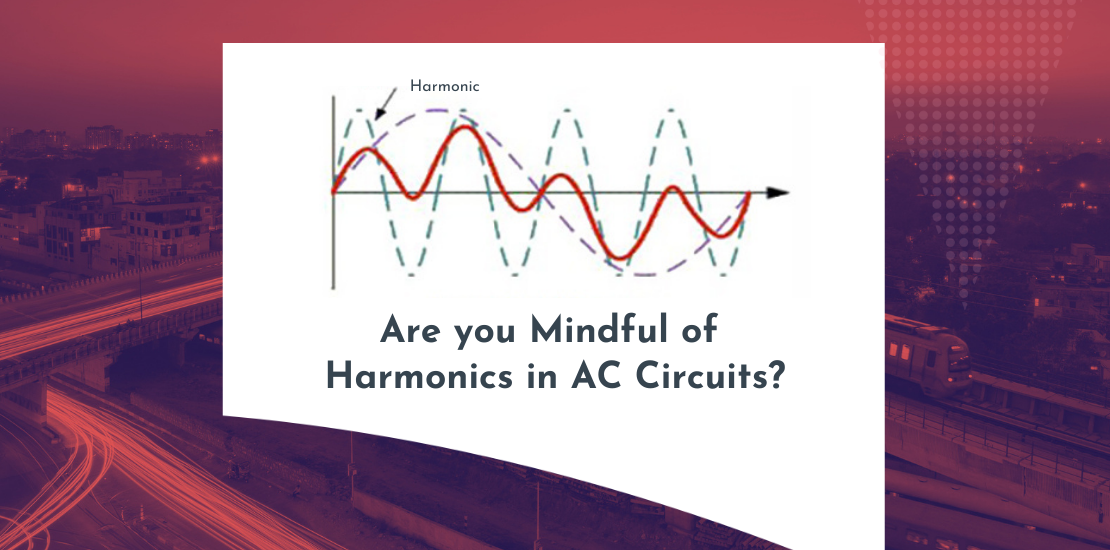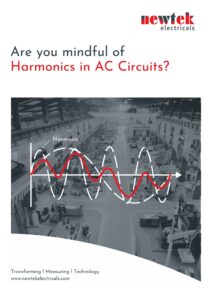- July 8, 2021
- Posted by: Dyaneshwar Nirmale
- Category: Digital Meters

What Are Harmonics?
To understand harmonics, we must first know what is fundamental waveform. A fundamental waveform (or first harmonic) is the sinusoidal waveform that has the supply frequency. The fundamental is the lowest or base frequency, f on which the complex waveform is built and as such the periodic time, T of the resulting waveform will be equal to the periodic time of the fundamental frequency.

Harmonics are voltage or current that operate at a frequency that is an integer (whole- number) multiple of the fundamental frequency. So given a 50Hz fundamental waveform, this means a 2nd harmonic frequency would be 100Hz (2 x 50Hz), a 3rd harmonic would be 150Hz (3 x 50Hz), a 5th at 250Hz, a 7th at 350Hz and so on.
In other words, harmonics are multiples of the fundamental frequency and can therefore be expressed as 2f, 3f, 4f………. n f as shown in the following diagram

In the adjacent diagram, you will find that presence of different harmonics along with the fundamental distorts the original sine wave into a complex wave Shape of the waveform depends on the contribution of each harmonic and its phase.
How are Harmonics generated? Harmonics are generated by nonlinear loads. Harmonics occur in both the voltage and current waveforms. When a sinusoidal voltage is applied to a certain type of load, the current drawn by the load is proportional to the voltage and impedance. These loads are referred to as linear loads (loads where the voltage and current follow one another without any distortion to their pure sine waves).
Examples of linear loads are resistive heaters, incandescent lamps, and constant speed induction and synchronous motors.
In contrast, some loads cause the current to vary disproportionately with the voltage during each half cycle. These loads are classified as nonlinear loads, and the current and voltage have waveforms that are non-sinusoidal, containing distortions, whereby the 50-Hz waveform has numerous additional waveforms superimposed upon it, creating multiple frequencies within the normal 50-Hz sine wave. The multiple frequencies are harmonics of the fundamental frequency.
How Harmonics harm your system:
- Reduced life of equipment: Harmonics severely affects the life of the equipment. It is possible that the investment made in motors & drives will not be realised if they are damaged and need replacing before their expected life span. This can be very expensive.
- Overheating of cables: Harmonics put severe stress on the cables. In the long term, this degrades an electrical system and Causes breakdowns and high downtimes.
- Excess Billing: You may be billed for the power that you are supplied but not exactly usable. A large percentage of the power received may be unusable due to the presence of harmonics.
Conclusion
Detection and control of harmonics are key to electrical safety. Here, MFM meters with THD and Individual Harmonics are one of the most cost-effective solutions for determining Harmonics in your system so that you can then take measures to keep Harmonics as low as possible.

